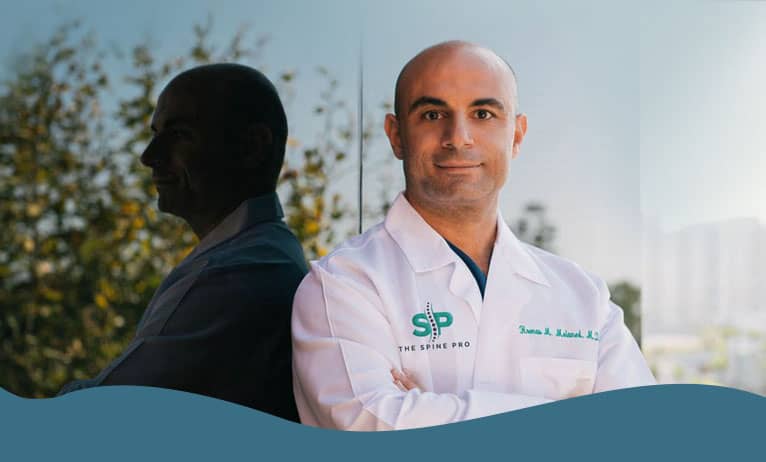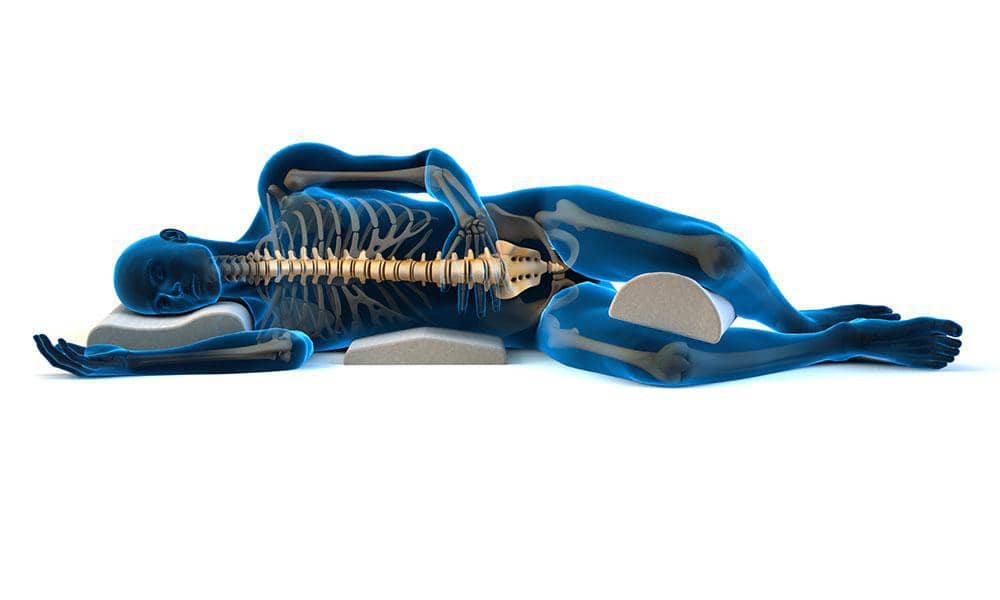Why Spine Surgery Isn’t Always the Answer
Trauma, smoking, incorrect posture, aging, and inactivity can all significantly injure your spine. As the leading cause for doctor visits, back pain affects millions every year. Fortunately, a majority of back problems can be solved with non-invasive treatments that do not require surgery.
Risks of Spinal Surgery
With any surgery, there is a risk of complications that can occur during a spinal surgery including,
- Infection
- Blood clots
- Dural tear
- Nerve injury or paralysis
Alternatives to Spinal Surgery
Though spinal surgery can be highly effective for certain back conditions, there are a number of alternatives to expedite the healing process and relieve any discomfort your back injury may be causing you.
Non-Prescription Pain Medications:
Non-steroidal anti-inflammatory drugs (NSAIDs): These painkillers have an anti-inflammatory and pain-relieving effect. NSAIDs are widely utilized to alleviate symptoms of long-term pain, such as sprains and strains, headaches, back pain, and arthritis.
Acetaminophen: Typically taken orally, acetaminophen can be found in various over-the-counter medicines. Suited for patients who do not tolerate NSAIDs, acetaminophen is used to treat mild to severe pain and reduces fevers.
Prescribed Pain Medications:
Steroids: Systemic steroids are pain-relieving drugs that have a profound anti-inflammatory effect throughout the entire body.
Muscle relaxants: Muscle relaxers act as central nervous depressants and serve to relieve pain associated with muscle spasms. Relaxants are also favorable for back pain that causes insomnia, as they have a considerable sedative effect.
Anticonvulsants: Though typically used to treat epilepsy, anticonvulsants can also be used to treat nerve pain by stabilizing the level of nerve cell impulses. Anticonvulsants are usually not prescribed unless back pain symptoms have been prevalent for an extended period of time.
Physical Treatments:
Massages: There are numerous massage techniques that are used to alleviate back pain. Massages are able to reduce muscle tension, increase blood flow, and release endorphins.
Heat therapy: The use of hot packs and heating pads, taking a hot bath, or going to a sauna are all beneficial in stimulating blood flow and relaxing stiff muscles.
Cooling therapy: Ice therapy, such as cold wraps and gel packs, can be used to soothe irritated nerves, reduce swelling, and ease pain.
Ultrasound therapy: This kind of therapy involves sound waves that produce small vibrations, which lessens pain and promotes tissue healing.
Contact The Spine Pro
At The Spine Pro, Dr. Hooman Melamed has saved countless patients from undergoing major surgeries by recommending more conservative options, such as endoscopic or microscopic outpatient decompression approaches. If you or a loved one were told recently that you may need spinal surgery and want a second opinion, contact The Spine Pro here or call (310) 928-2769.






